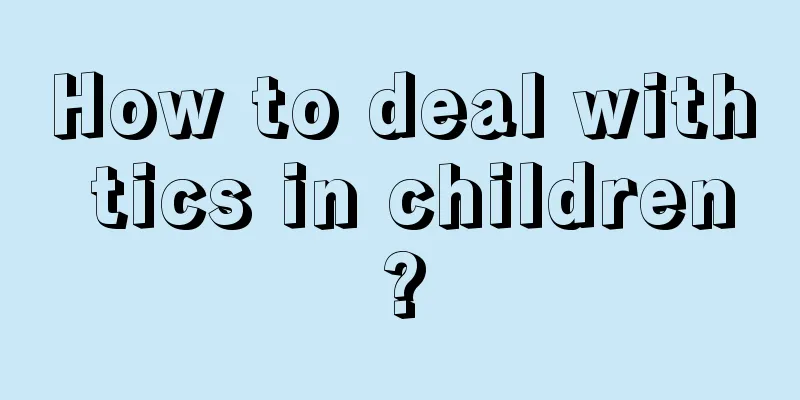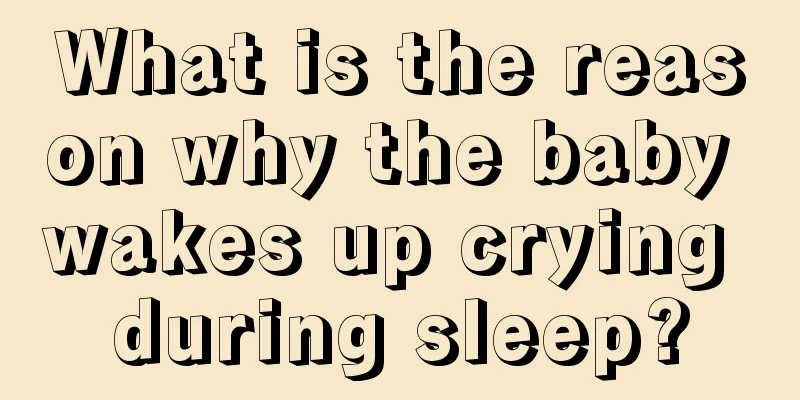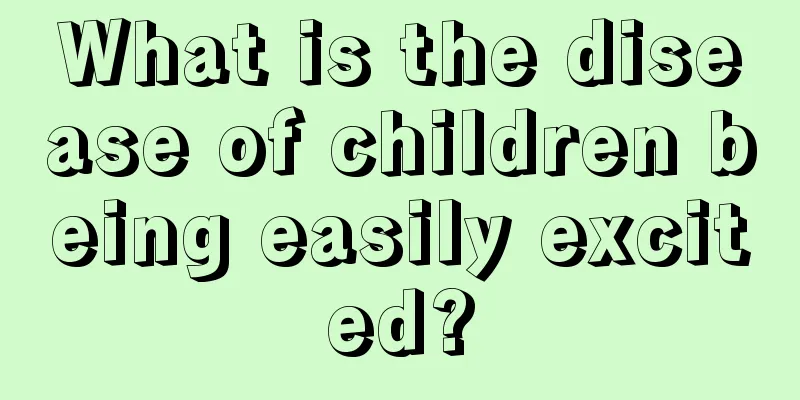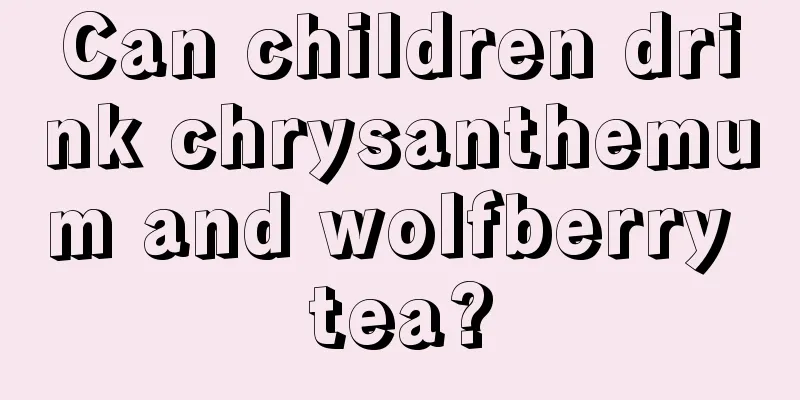What are the symptoms of bacterial or viral infection and fever in children?

|
Most children will suffer from various diseases when they are young because they have weak resistance and are easily attacked by various diseases. The most common of these is bacterial and viral infection causing fever. Many parents are busy and do not pay enough attention to their children. So when children have bacterial and viral infections, what other symptoms will appear? Let’s find out together! If a child has a fever caused by infection, laboratory examination of peripheral blood leukocytes and their classification can be used to diagnose whether it is a bacterial infection or a viral infection. Generally speaking, bacterial infection increases the total white blood cell count and significantly increases the neutrophil count in the white blood cell classification, while viral infection generally does not increase the total white blood cell count or the neutrophil count, but significantly increases the lymphocyte count in the white blood cell classification. There is no difference in the antipyretics used for bacterial infections or viral infections, as long as the antipyretics are suitable for children, they can be used. However, in anti-infection treatment, bacterial infections require the selection of sensitive antibiotics based on the different types of bacilli and cocci, while viral infections require the use of some antiviral drugs. The two are completely different in terms of anti-infection medication. If a child has repeated fever, it is better to take him to the hospital for a thorough examination to find out the cause and provide targeted treatment. Bacterial infection is an acute systemic infection caused by pathogenic bacteria or conditionally pathogenic bacteria invading the blood circulation, growing and multiplying, and producing toxins and other metabolites. It is clinically characterized by chills, high fever, rash, joint pain, and hepatosplenomegaly. Some may have infectious shock and migratory lesions. An acute systemic infection caused by pathogenic microorganisms invading the blood from wounds or infected lesions in the body. Clinically, some patients may also experience irritability, cold limbs and cyanosis, rapid pulse, rapid breathing, and decreased blood pressure. Especially the elderly, children, those with chronic diseases or weakened immune function, those who are not treated in time and those with complications may develop sepsis or septicemia. When a child has a fever caused by bacterial or viral infection, the child should be taken to the hospital for treatment in time to find out the cause and provide symptomatic treatment. Especially when the child has a high fever, it is likely to cause convulsions in the child, and in severe cases it may even cause the child to fall into a coma. Timely treatment is the best option. During the child's illness, be sure to let the child drink more water. |
<<: What to do with children's knee pain?
>>: What should I do if I get prickly heat in hot weather?
Recommend
How to treat baby forehead eczema?
Some babies suffer from skin diseases, so they sh...
How to feed babies scientifically
After the baby is born, every parent hopes that t...
What to do if your baby has bloody stools
Many people have experienced red stools or stools...
What should I do if my child has a fever of 40?
Fever is a very common phenomenon and also a comm...
What should I do if my 4-year-old baby has allergies?
Children around four years old already have stron...
Why do children have cold hands and feet after their fever subsides?
Children are more susceptible to virus invasion a...
What are the tips for taking medicine for children's cold and fever
Colds and fevers are relatively common symptoms i...
What to do if infants and young children have bloating?
Many times, we all have physical conditions of on...
Possible reasons why newborns always stick out their tongues
The arrival of a newborn into this world is excit...
Treatment of bleeding belly button in newborn baby
The incidence of newborn baby belly button bleedi...
Which one should I supplement first if my child is deficient in calcium, iron or zinc?
Children need a lot of nutrition as they grow. If...
What to do if a child has a cough and tracheitis
Coughing and tracheitis are very common condition...
Symptoms of lactose intolerance in babies
The phenomenon of lactose intolerance has always ...
What should I do if my child has poor digestion?
Children's poor digestion may be caused by th...
Symptoms of autism in 3-year-olds
The symptoms of autism in 3-year-old babies are n...









